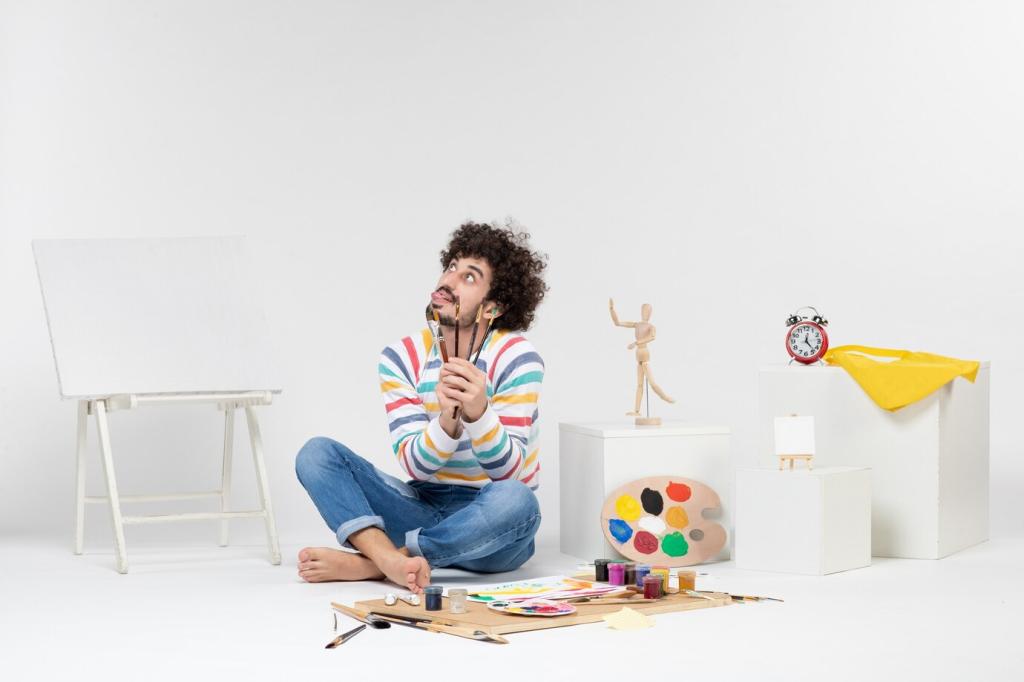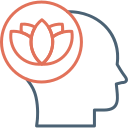Chosen theme: The Benefits of Mandala Making. Step into a calming loop of color and pattern where stress softens, focus returns, and creativity finds voice. Subscribe for weekly prompts and share your first circle with our community today.
Calm in Color: How Mandalas Ease Stress
Match each stroke to a breath: in on the line, out on the space. This simple pairing turns mandala making into a steady anchor, easing tension while guiding attention back to the rhythm of your body.
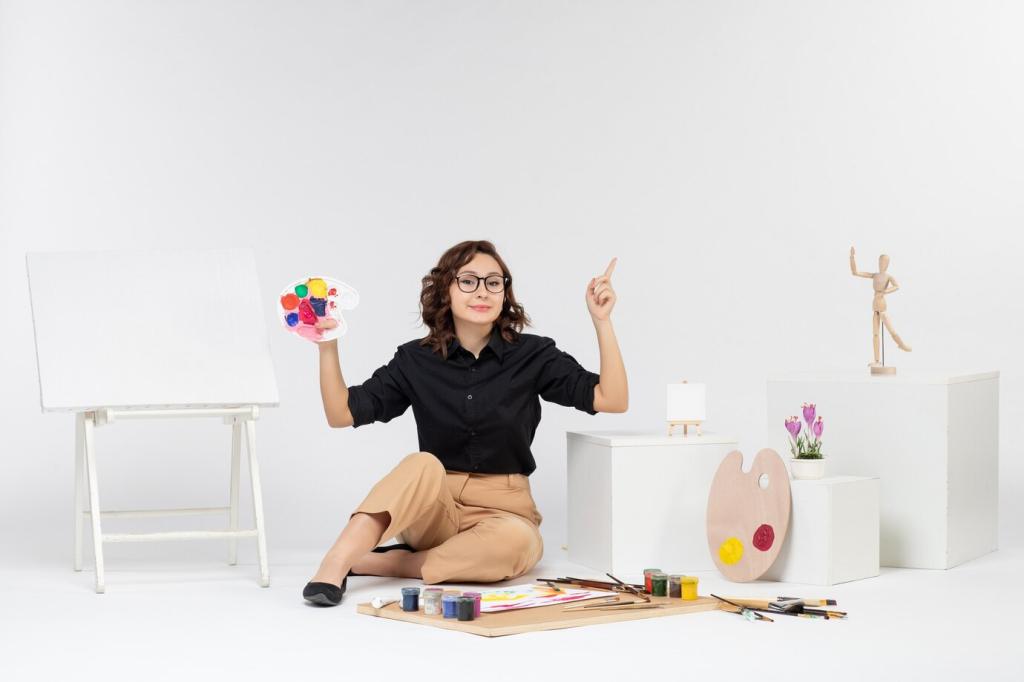
Focus and Flow: Sharpening Attention through Symmetry
Repeating motifs gently overload the worry channel, freeing working memory for presence. As patterns accumulate, time dilates and tasks feel lighter, revealing that attention strengthens when it has a clear, circular path.
Focus and Flow: Sharpening Attention through Symmetry
Tracing around the center retrains eye movements to linger rather than jump. This deliberate seeing improves sustained attention during reading, meetings, or study sessions. Share how many minutes of focused drawing you reached today.

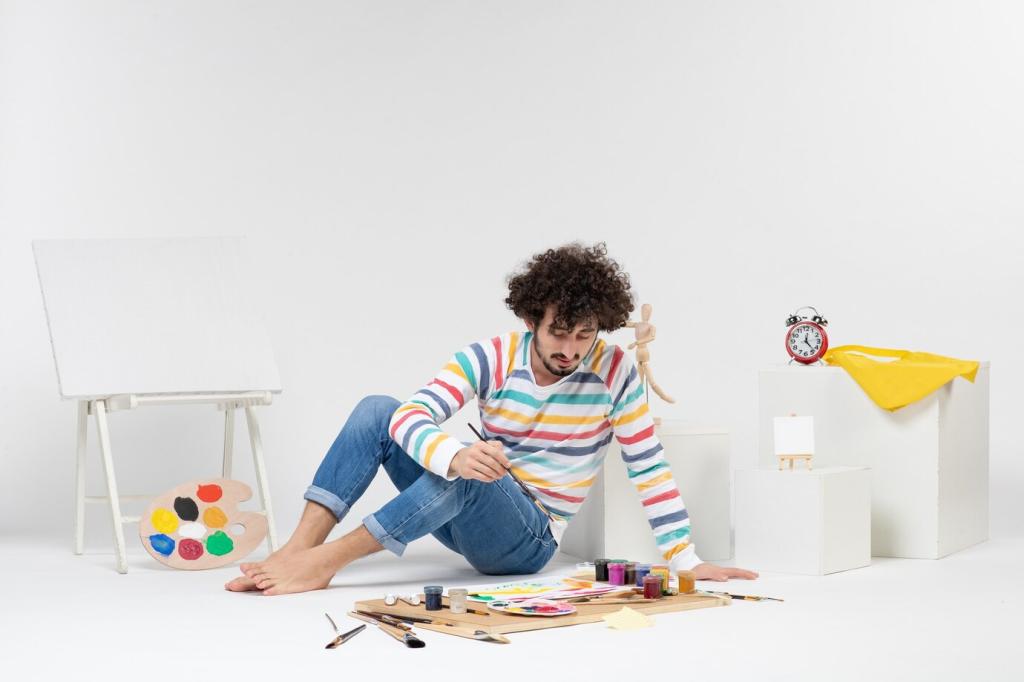
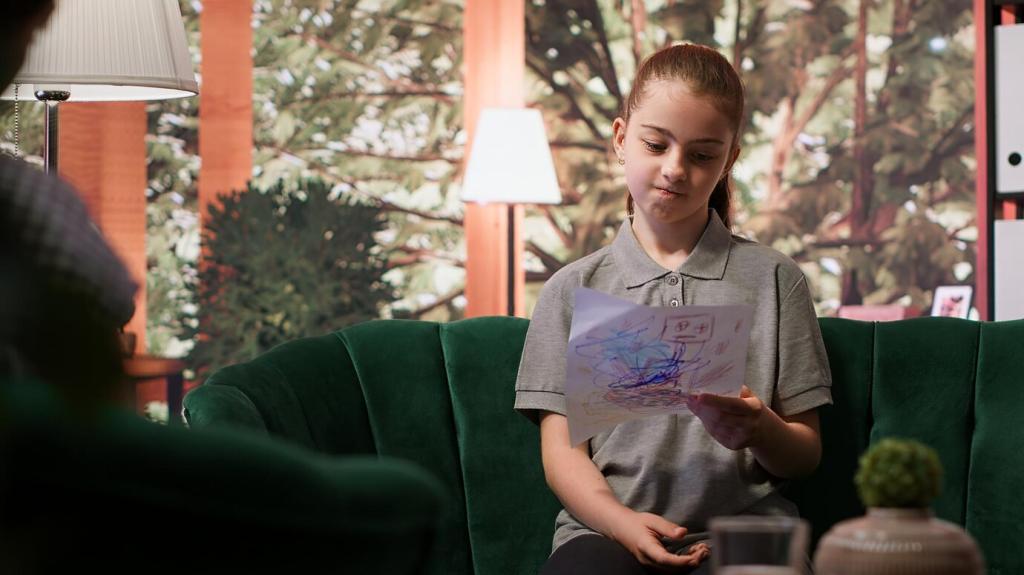
A Student Finds Quiet
Before exams, Maya drew six repeating leaves between flashcards. Her racing thoughts slowed, and recall improved because she paused between study bursts. She now starts sessions with ten mindful strokes and invites friends to join.
A Caregiver Reclaims a Morning
Evan set aside fifteen minutes at sunrise to shade a single ring. The ritual steadied difficult days and restored patience. He shared weekly photos, inspiring others to protect small, compassionate pockets of time.
An Entrepreneur Escapes Decision Fatigue
Nora opened meetings by outlining one circular band. That tiny ritual trimmed jitters and clarified priorities. Her team adopted the practice, reporting calmer conversations and fewer impulsive choices when pressure peaked.
Coloring and Anxiety
Studies on structured coloring, including mandalas, suggest short sessions can reduce anxiety in the moment. The guided patterns reduce decision overload, helping the brain settle into predictable, soothing visual tasks.
Repetition and Neural Ease
Repeating lines lowers cognitive load by limiting novelty. This rhythm can reduce rumination, giving the mind a simple, rewarding loop that builds comfort and signals safety without demanding complex choices.
Visual Rhythm and Heart Rate
Slow, rhythmic movement often pairs with steadier breathing, which may support a calmer heart rate. While experiences vary, many creators report feeling grounded after just a few measured rounds of pattern-making.
Community and Connection: Circles We Share
Invite friends, set a theme, and play gentle music. Begin with three breaths together, then draw in quiet. Close by sharing one insight. Post a photo and tag our community so others can join.
Community and Connection: Circles We Share
Print a blank circle for each person and choose a nightly color. Kids learn patience, adults find calm, and everyone contributes a ring. Tell us which family member chose the boldest hue tonight.
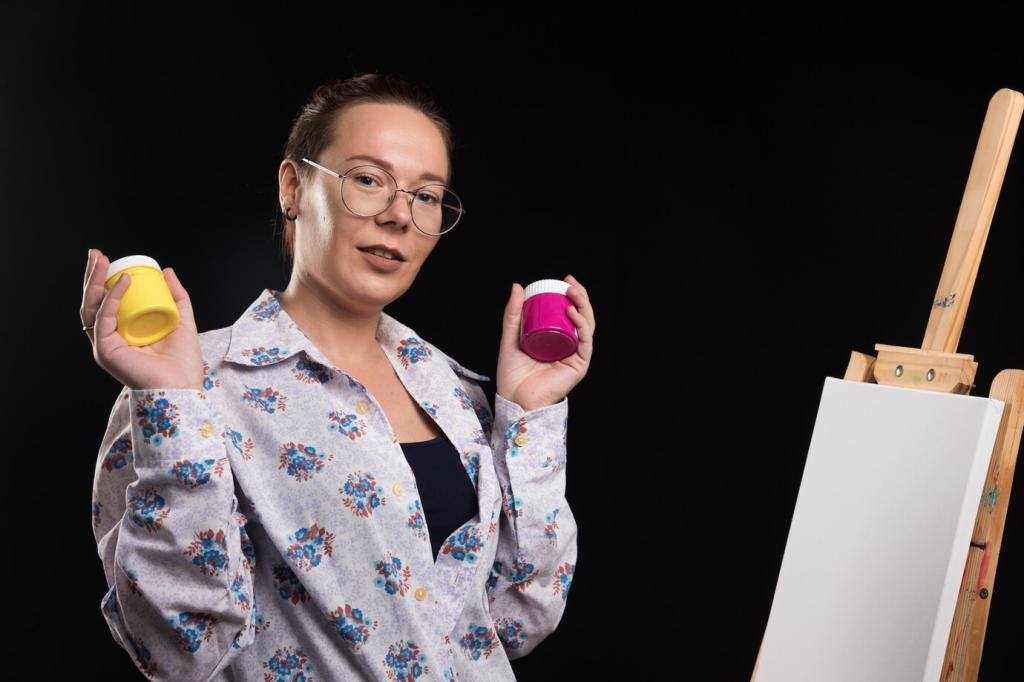
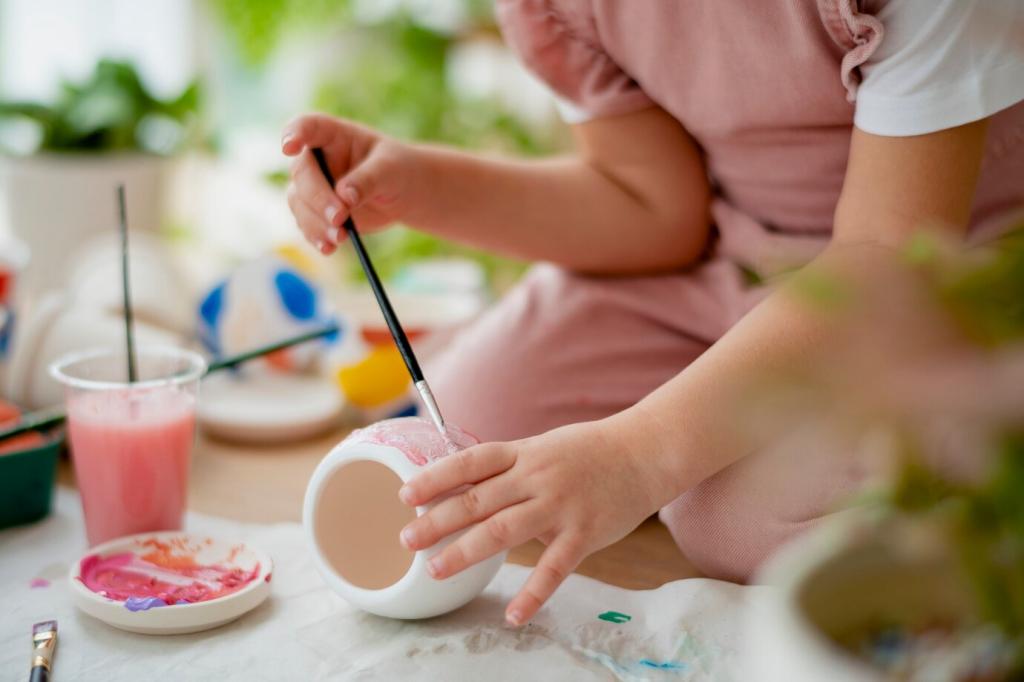
Start Today: Simple Tools, Big Benefits
Gather Materials and Make Space
A pen, a pencil, paper, and five quiet minutes are enough. Light a candle, silence notifications, and place your phone away. Tell us what tiny setup helps you keep returning to the page.
A Gentle First Pattern
Mark a dot, draw concentric circles, then add four simple petals. Repeat outward with patient breath. Keep lines light and pressure softer than you think. Share your first ring so we can cheer you on.
Track What Changes
After each session, note one feeling and one insight. Over weeks, patterns will emerge: calmer mornings, clearer focus, kinder self-talk. Subscribe for printable trackers and celebrate your progress with our supportive circle.
